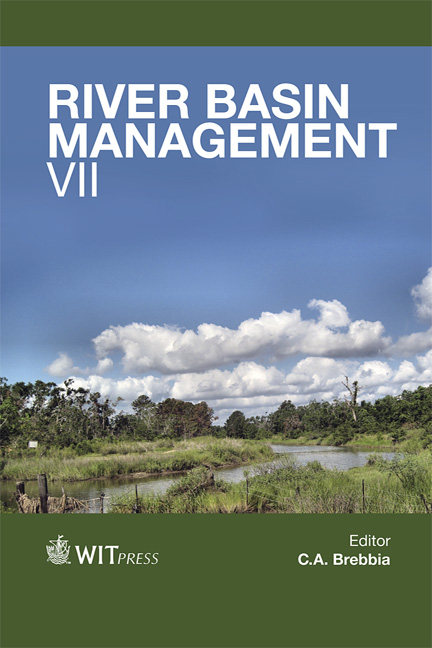The Application Of Artificial Intelligence For Monthly Rainfall Forecasting In The Brisbane Catchment, Queensland, Australia
Price
Free (open access)
Transaction
Volume
172
Pages
11
Page Range
125 - 135
Published
2013
Size
176 kb
Paper DOI
10.2495/RBM130111
Copyright
WIT Press
Author(s)
J. Abbot & J. Marohasy
Abstract
Concurrent relationships between climate indices and Australian spring rainfall have been used extensively to explain weather events. In order for climate indices to be useful for rainfall forecasting there must be relationships between their lagged values and rainfall. The methods currently used by the Australian Bureau of Meteorology for seasonal weather forecasting have limited capacity to exploit the often non-linear relationships that potentially exist between the lagged values for these indices and rainfall. This paper reports on the application of a method of forecasting based on the use of neural networks, a form of artificial intelligence. Neural networks facilitate the input of multiple variables simultaneously. The variables most useful for determining rainfall are elucidated by application of algorithms during the optimisation process. Brisbane, the capital of Queensland, Australia, has flooded periodically and catastrophically. The neural network described in this study was used to forecast rainfall for three locations in the Brisbane River catchment one to three months in advance, including the 2011 flood event. Results are compared on the basis of root mean square error with output from the Australian Bureau of Meteorology’s general circulation model, POAMA. The Neural Network model shows considerable more skill. The Neural Network incorporates lagged values for key climatic indices and also rainfall and atmospheric temperatures. Keywords: rainfall, forecast, lagged climate indices, SOI, IPO, Niña 3.4, Brisbane, flood, neural network.
Keywords
Keywords: rainfall, forecast, lagged climate indices, SOI, IPO, Niña 3.4, Brisbane, flood, neural network.





